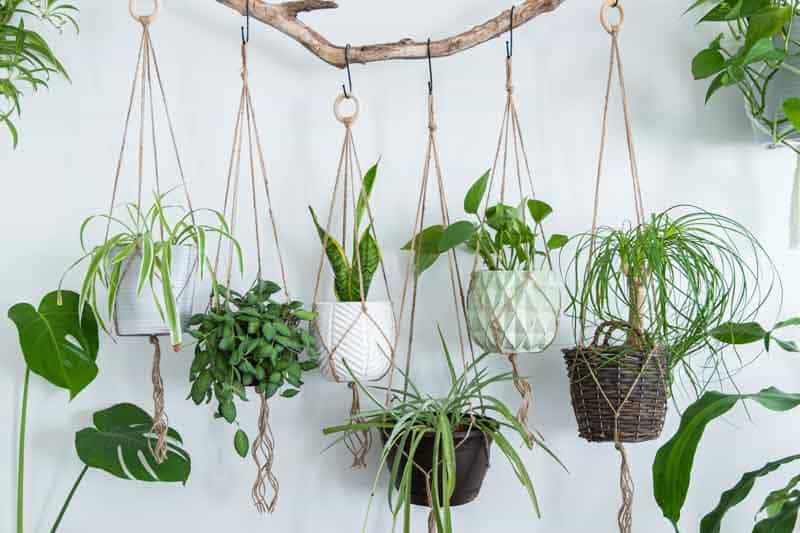Introduction to Low Light Houseplants Houseplants can transform any indoor space into a lush and vibrant area, but not every interior offers the bright, direct sunlight that many plants require. Fortunately, there are numerous plant varieties that thrive in low light conditions, making them perfect for less sunny spots in your home or office. This guide delicates itself to unraveling the secrets of low light houseplants, providing you with detailed information on the best varieties and essential care tips to ensure their health and growth.
Choosing the Right Low Light Houseplants When selecting houseplants for areas with minimal light, it’s crucial to choose species that naturally thrive under such conditions. Here are some top choices:
- Peace Lily (Spathiphyllum): Known for its striking white blooms and dark green leaves, the Peace Lily is an excellent option for low light environments. It also enhances indoor air quality, filtering out harmful toxins.
- Snake Plant (Sansevieria): With its robust, upright leaves, the Snake Plant is not only visually striking but also highly adaptable to low light. It’s known for its air-purifying properties and minimal water needs.
- Philodendron: Available in climbing and non-climbing varieties, Philodendrons are easy to care for and can grow well in low light. Their heart-shaped leaves add a touch of nature’s beauty to any room.
- ZZ Plant (Zamioculcas zamiifolia): The ZZ Plant is famous for its ability to survive in low light and drought conditions. Its glossy, oval leaves reflect its hardy nature.
- Cast Iron Plant (Aspidistra elatior): True to its name, the Cast Iron Plant is tough and can thrive in poor light, heat, and humidity.
Care Tips for Low Light Houseplants
Proper care is crucial to ensure that your low light houseplants not only survive but thrive. Here are essential tips to keep them healthy:
- Watering: Overwatering is a common mistake with low light houseplants. Always check the soil moisture before watering. Plants in low light require less frequent watering because they evaporate water slower than those in bright light.
- Soil Requirements: Use well-draining soil to prevent water accumulation, which can lead to root rot. A mixture specifically designed for indoor plants is ideal.
- Humidity and Temperature: Most low light houseplants prefer higher humidity and stable temperatures. Avoid placing your plants near heating vents or air conditioning units as these can create draughts and fluctuations in temperature.
- Fertilizing: Feed your plants with a balanced, water-soluble fertilizer every 6-8 weeks during the growing season but reduce feeding in the colder months when plant growth typically slows.
- Pruning and Cleaning: Regularly prune dead or yellowing leaves to encourage new growth. Dust the leaves occasionally to unblock the pores, which can improve photosynthesis and plant health.
Common Problems and Solutions Even the hardiest low light houseplants can encounter issues. Here are some common problems and how to address them:
- Yellowing Leaves: This can be a sign of overwatering or poor drainage. Ensure the pot has adequate drainage and adjust your watering schedule accordingly.
- Drooping Plants: If your plant is drooping, it might need more water, especially if the soil is dry. However, drooping can also be a sign of overwatering.
- Pest Infestations: Keep an eye out for signs of pests such as spider mites, aphids, and scale. Treat infestations early with insecticidal soap or neem oil.
Conclusion
Cultivating low light houseplants is an enriching experience that brings beauty and a sense of nature into your indoor spaces. By selecting the right plants and providing them with proper care, you can enjoy a green oasis even in the dimmest corners of your home or office.


